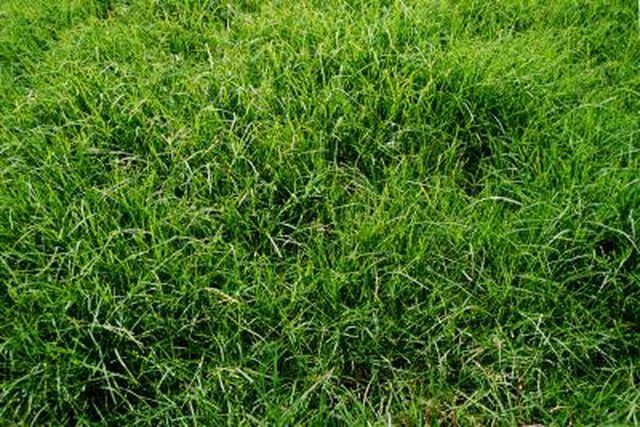Bulbs
Flower Basics
Flower Beds & Specialty Gardens
Flower Garden
Garden Furniture
Garden Gnomes
Garden Seeds
Garden Sheds
Garden Statues
Garden Tools & Supplies
Gardening Basics
Green & Organic
Groundcovers & Vines
Growing Annuals
Growing Basil
Growing Beans
Growing Berries
Growing Blueberries
Growing Cactus
Growing Corn
Growing Cotton
Growing Edibles
Growing Flowers
Growing Garlic
Growing Grapes
Growing Grass
Growing Herbs
Growing Jasmine
Growing Mint
Growing Mushrooms
Orchids
Growing Peanuts
Growing Perennials
Growing Plants
Growing Rosemary
Growing Roses
Growing Strawberries
Growing Sunflowers
Growing Thyme
Growing Tomatoes
Growing Tulips
Growing Vegetables
Herb Basics
Herb Garden
Indoor Growing
Landscaping Basics
Landscaping Patios
Landscaping Plants
Landscaping Shrubs
Landscaping Trees
Landscaping Walks & Pathways
Lawn Basics
Lawn Maintenance
Lawn Mowers
Lawn Ornaments
Lawn Planting
Lawn Tools
Outdoor Growing
Overall Landscape Planning
Pests, Weeds & Problems
Plant Basics
Rock Garden
Rose Garden
Shrubs
Soil
Specialty Gardens
Trees
Vegetable Garden
Yard Maintenance
How to Get Emerald Zoysia to Take Over Bermuda
How to Get Emerald Zoysia to Take Over Bermuda. Emerald zoysia is a warm season grass prized for its tolerance of heat, cold, drought and foot traffic. It is a hybridized grass seed combining zoysia japonica and zoysia tenuifolia to create fine texture, more rapid growth and cold tolerance. As zoysia is a slow-growing grass, it is nearly always...

Emerald zoysia is a warm season grass prized for its tolerance of heat, cold, drought and foot traffic. It is a hybridized grass seed combining zoysia japonica and zoysia tenuifolia to create fine texture, more rapid growth and cold tolerance. As zoysia is a slow-growing grass, it is nearly always planted by plugs, sprigs or sod. It is difficult to impossible to grow from seed without optimal, controlled conditions. When switching from a Bermuda grass lawn to a emerald zoysia lawn by overplanting instead of stripping and then replanting, emerald zoysia plugs are your best option. The Bermuda grass must be controlled until the zoysia can establish itself. Plant the zoysia sprigs in the late spring to early summer and allow at least two years for the new grass to begin to knit in.
Things You'll Need
Emerald zoysia sod/plant plugs
Garden knife or shears
Aerating or dethatching rake
Lawn starter fertilizer
Compost
Aged manure
Trowel or weeding fork
Water
Garden hose with adjustable spray attachment
Remove some of the Bermuda grass plants and thatch by aerating or running a dethatching rake over your lawn. Make two passes with the tool, with the second pass done at a right angle to the first to ensure even coverage. Rake up all debris and discard it in the trash.
Cast a combination of compost, aged livestock manure and granular lawn starter fertilizer over the entire expanse of lawn. Calculate the amount of starter fertilizer by measuring your lawn area and consulting the product label for the corresponding recommend dose. Use enough compost and manure to create an even 1-inch layer over the lawn.
Divide the zoysia sod pieces into plugs that are 2 inches square. Use a garden knife or shears to make the cuts and keep the plugs evenly moist until you can plant them.
Dig small holes with a trowel or weeding fork and plant the plugs at intervals of 4 to 6 inches. The more plugs at tighter intervals will result in faster establishment of the new lawn. Press the soil around the plug roots to make good contact.
Water the plugs until they and the surrounding soil is drenched. Keep the plugs and surrounding soil evenly moist for the first several months and never allow the plugs to dry out. Use a garden sprayer on a light rain or mist setting to avoid disturbing the plugs from their planting holes.
Pull any Bermuda grass stolons that encroach around the zoysia plugs to prevent them from being overtaken by the Bermuda grass. Treat the Bermuda around the zoysia as it it were a weed and pull it out from the roots when you see any threat of competition for soil space, water and nutrients.
Refrain from mowing the lawn for at least six weeks to allow the roots of the zoysia plugs to knit into the soil below without being disturbed.